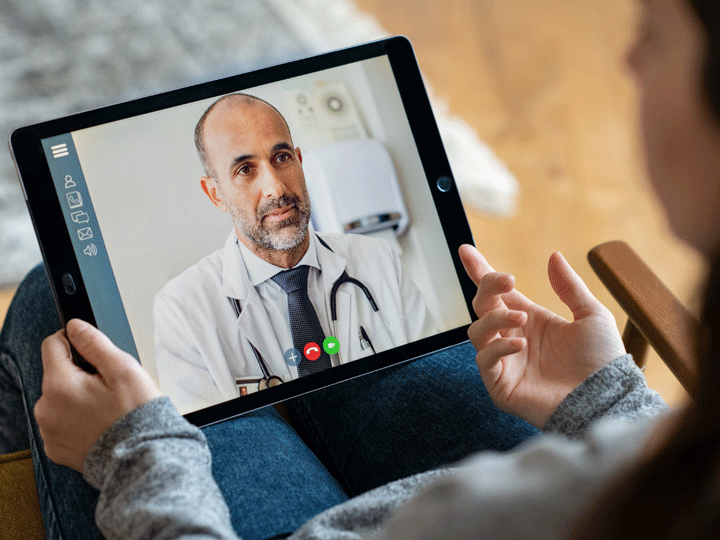Growing Capital | Why Pender?
The Transformation of Healthcare: Is telehealth a bellwether of changes to come?

There is little doubt that COVID19 will be considered one of the biggest catastrophic events of this century. I can’t help but reflect on what good can come of this in terms of how we can learn and, in turn, be better prepared for the future. The timing of this event is at an interesting inflection point for health tech. The pandemic happened just as personalized health was in its infancy and as tools like machine learning and artificial intelligence (AI) were beginning to be used in impactful ways in healthcare. The recent proliferation of telehealth is an example. As long-term investors in both technology and on the fringes of healthcare, we have always believed there was a lot of opportunity for technology to help solve many of the challenges faced in healthcare, but we were always constrained by the rate of adoption – with stakeholders across the healthcare continuum slow to adopt technology. So now, with COVID19 shining the spotlight on all the problems in healthcare and its delivery, will there finally be some fundamental shifts in the industry? These are just a few potential shifts that I think (hope) we will see.
Delivery
Hello telehealth and telemedicine?! Zoom and other videoconferencing technologies are not exactly new. David Barr, CEO of PenderFund and Hamed Shahbazi, CEO of Well Health Technologies, discuss the recent changes Well has seen in telehealth in this podcast. Combining phone and telehealth data, 50% of its consultations have now gone virtual. Will the shift to virtual be permanent? How can we further utilize technology to change the doctor/patient paradigm such that more is done remotely, safely, securely and faster? Will reimbursement systems adjust to keep up with the evolution in general practice medicine?
Distributed Systems of Insight
How do we get more information better and faster? How do we gather real-time information that is actionable from the frontlines? Not just from clinicians, doctors and specialists, but also from nurse practitioners, physiotherapists, etc.? Many diseases and their treatments are complex, often complicated by other conditions, so it is important to get an expansive, holistic picture of the patient. There are a plethora of devices, tools and tests, both personal (e.g. wearables) and professional (e.g. diagnostics) that can be used in collaboration to triangulate real-time diagnosis and monitoring on an individual basis.
Procurement
Will there be a shift in how governments and healthcare agencies more efficiently procure, track and secure the key components required for healthcare delivery and treatment? Can we use robotics and 3-D printing to expedite and enable parts of the supply chain? Not only would this include drugs, vaccines and face masks, but also reagents, tests and protective equipment testing, and more.
Regulatory Approvals
In the last few years, we had begun to see a change in how the FDA and other regulatory health authorities view AI and software. Last year we saw some progress with adaptive AI (AI that evolves with use) and a few approvals in the area in early 2020. Now, will we finally see an appropriate regulatory framework for AI and the end-to-end streamlining of procedures and processes, including the pace and method of approvals?
Collaboration
To put it lightly, diseases and people (and animals for that matter) are complex and very interrelated. There is a reason why so many dollars are at stake in developing new treatments. But as we are seeing, collaboration among researchers around the world is key to eradicating COVID-19. Nextstrain is just one great example of the efforts to harness scientific data across the globe. Many models in technology have shown that it is possible to share information and still find a way to create a business model and deliver value. As an example, Red Hat, Inc. clearly demonstrated how it was able to monetize open source software.
I do think one thing is fairly certain – innovation will continue to come from the young upstarts who have been patiently and tenaciously developing creative solutions, convinced of their value but, until now, thwarted in the pace of adoption by complex and slow-moving healthcare systems. I for one, will be on the lookout for these great opportunities!
Maria Pacella, CFA
May 20, 2020



